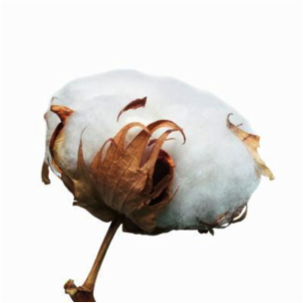AMERICAN EDUCATION FOUNDATION
REUSABLE BAG SPECIFICATIONS
35% Natural Cotton
65% of Polypropylene (Polymer extract from tree liquid)
COTTON
As a natural product, cotton is completely biodegradable, which means that it breaks down when put into a composting pile or bin. Approximately 60 percent of all harvested cotton fiber is used to produce yarns and threads, which in turn are used in the manufacture of fabrics for clothing and indoor or outdoor furnishings. Because of cotton’s biodegradable properties, all-cotton clothing can also be recycled and used in the manufacture of useful materials, such as household insulation.
POLYMER EXTRACT
There are two types of polymers: synthetic and natural. Synthetic polymers are derived from petroleum oil, and made by scientists and engineers. Examples of synthetic polymers include nylon, polyethylene, polyester, Teflon, and epoxy. Natural polymers occur in nature and can be extracted. They are often water-based. Examples of naturally occurring polymers are silk, wool, DNA, cellulose and proteins.
Natural rubber, also called India rubber or caoutchouc, as initially produced, consists of polymers of the organic compound isoprene, with minor impurities of other organic compounds plus water. Forms of polyisoprene that are used as natural rubbers are classified as elastomers. Currently, rubber is harvested mainly in the form of the latex from certain trees. The latex is a sticky, milky colloid drawn off by making incisions into the bark and collecting the fluid in vessels in a process called “tapping”. The latex then is refined into rubber ready for commercial processing. Natural rubber is used extensively in many applications and products, either alone or in combination with other materials. In most of its useful forms, it has a large stretch ratio and high resilience, and is extremely waterproof
What it is:
Plastics with EBD (enhanced bio de-compositions) that can be biologically broken down, in a reasonable amount of time, into their base compounds.Direct mail envelopes, page products, disc packaging and a variety of flexible packaging can all be manufactured using polypropylene that is biodegradable in aerobic and anaerobic conditions without resulting in toxic residue.
Why you need it: From small businesses trying to increase environmental consciousness to mainstream corporations trying to establish a global standard for sustainable business, Eco-friendly is the responsible way to go.
American Education Foundations biodegradable polypropylene bags maintain the clarity, durability and performance characteristics of the 100% recyclable polypropylene products, including critical COF and blocking characteristics of USPS-T3204 poly-wrap specifications.

